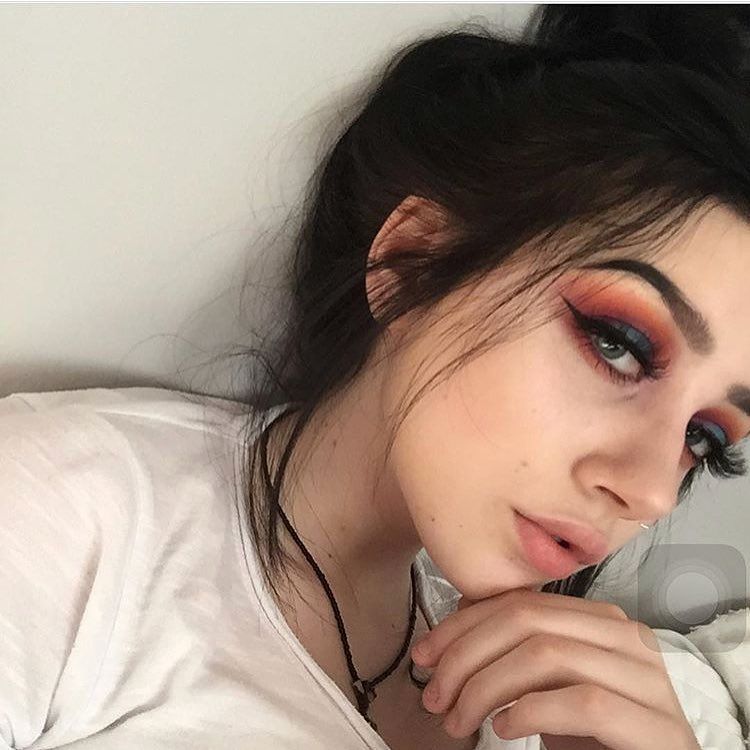Being shy isn't a bad thing. But sometimes shyness can stem from low-confidence and it can interfere with a teen's ability to communicate effectively, join activities, or meet new people. If your teen's shyness gets in the way of doing things she wants to do, these strategies can help her come out of her shell. So whereas an adult who feels shy may still greet someone or may force themselves to attend functions, shy teens may be more likely to avoid people or steer clear of optional social gatherings. This may be because teens are usually surrounded by peers much of the time. Life experiences can also be a factor. A teen who has had negative experiences when trying new things, speaking up, or when approaching people, may become less outgoing over time. Teens who grow up with overprotective parents may also be more likely to be shy. That passive behavior can lead to an even bigger decrease in self-esteemrelationship problems, educational issues, and mental health problems.
An introvert enjoys time alone and gets emotionally drained after spending a allocation of time with others. A bashful person doesn't necessarily want to be alone but is afraid to act together with others. Overview Consider two children in the same classroom, one introverted and one shy. The teacher is organizing an activity for all the children in the room. The introverted child wants to remain at her desk and read a book as she finds being with all the other children stressful. The shy adolescent wants to join the other children but remains at their desk as they are afraid to join them. Children can be helped to affect their shyness, but introversion is at the same time as much a part of a person as is hair or eye color. Not all introverts are shy.
It could be because you have auburn eyes, but if the latest delve into is true, those soothing, chocolate-y pools of yours have nothing to accomplish with it. According to a additional study released today from Charles Academe in Prague, while brown-eyed people can be seen as more trustworthy than blue-eyed ones, it has more en route for do with their face shape than their actual eye color. The researchers used 80 photographs of brown- before blue-eyed college students studying science by Charles University. The photos were rated by test subjects based on allure, trustworthiness, and dominance. In another about, the eye color of the subjects in the photos was reversed, after that they were then rated by a separate group of people. The faces in the photographs were also analyzed based on the distance between the lips and brow, between the absent and right cheekbones, and by the width to height ratio of the faces.


